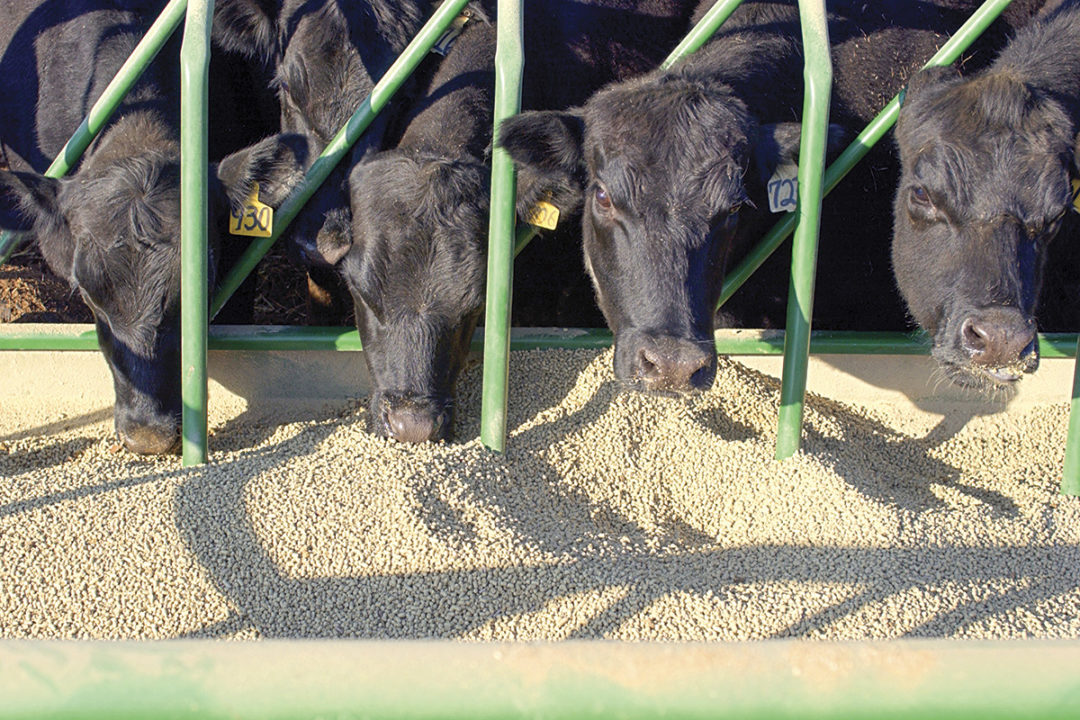We may not think about it much, but there’s an interesting story behind how the soybean became a pillar of U.S. agriculture. A long-time staple in Eastern parts of the world, soybeans originally came to the states in the early 19th century as ballast in cargo ships that were returning from the East. A brown-seeded variety was shown in the botany garden in Cambridge, Massachusetts, in 1829 (imagine a soybean plant being displayed as a novelty), but the plant was seen to have little to offer. In fact, it wasn’t until 1879 that records indicate soybean research was underway at agricultural experiment stations.
The late 1800s and early 1900s ushered in two champions who could see the potential of these little beans: George Washington Carver and William Morse. Carver, as he did with the peanut, developed hundreds of uses for the soybean and ultimately created the modern soybean market. But it wasn’t until 1907, when Morse joined the USDA Division of Forage Crops and Disease, that soybeans found a true believer. Morse’s work, along with others in the USDA, created a foothold for soybeans to compete with alfalfa as a forage crop in the U.S. Yes, you read that correctly. Soybeans were first cultivated in the U.S. as a forage crop – and not a bad forage crop at that.
So how is this little trip through history relevant to 2022 agriculture? In a word: drought. The hot, dry conditions across the heartland in 2022 led to poor soybean growth and performance, leaving producers with limited options. One option that kept coming up in conversation was to chop the beans for use as a forage crop. It may sound weird to some people, but rest assured, this isn’t uncharted territory. We’ve been here before. Heck, we started here. Information and resources abound when it comes to harvesting soybeans as forage, so here’s a brief information roundup for those who may be curious.
It’s important to properly time soybean forage harvest because, as with most forage crops, timing is everything. But also because by waiting too long to see whether the grain harvest is worth salvaging, the forage window may be missed. Soybeans should be harvested at the R6 or “green bean” stage. This is the time when green seeds fill the pod and seed growth peaks. Another key indicator of this growth stage is a yellowing of the lowest leaves on the plant. According to Dr. Bill Weiss at Ohio State University, if harvest is delayed until the R-7 growth stage, whole-plant fat content may exceed 10%, leading to fermentation problems. He states that this may not be a problem in drought-stressed beans due to the lack of seeds that led to the premature harvest as silage, but it’s worth noting.
Regarding how to harvest soybean forage, the nuts and bolts are pretty much the same as other forages. If ensiling, the best fermentation occurs at 35%-45% dry matter, with wetter silage for bunkers and drier silage for upright silos. Weiss states that a theoretical length of chop (TLC) of three-eighths inch should be adequate. Be sure to evaluate chop length often when starting out, and, if you cannot find any stem pieces that are about an inch long, increase TLC. Not all pieces must be 1 inch long, but you should be able to find some. If many long, ropy stems are present, reduce chop length.
A University of Wisconsin (UW) – Madison extension publication shows that soybean forage has quality similar to 150 relative feed value (RFV) alfalfa hay and can be treated as such in a ration. The same UW publication estimated forage quality values of 20% crude protein, 30% acid detergent fiber (ADF) and 40% neutral detergent fiber (NDF) (6% fat from Ohio State University), with yields around 4 tons per acre. With a relative absence of book values, these values are a great starting point. Due to the likelihood that harvesting soybeans as forage is not the intended goal, this pivot from the original plan will likely yield soybean forage that does not represent the scarcely found book values. When seeds are aborted due to lack of moisture, the seed-to-vegetation ratio will be distorted. Due to this fact, feed samples must be taken to get an accurate picture of the soybean forage. The similarities to alfalfa hay seem to make it a suitable substitute for alfalfa in the diet. Be aware though, that the high oil levels in soybean forage mean it should not make up more than 50% of the total dry matter in the ration.
These feed quality variability issues and lack of market information make pricing soybean forage very difficult. This is especially true if the forage does not come from your own land. Much like exporting cornstalk or straw bales, soybean forage has a tremendous amount of fertilizer value, so soybean forage harvest also comes with an opportunity cost. The cover crop and green manure value of a failed soybean crop may outweigh its value as feed. A true value can only be established through nutrient and feed analysis.
We may have gotten the cart before the horse a little bit, though. The University of Nebraska Extension publication “Harvesting Soybeans for Hay or Silage” outlines important considerations to account for when making the decision to harvest soybeans for forage. It’s easy to be overly reactive when watching an entire season’s worth of soybeans wither away, but taking a step back and considering the entire situation will help to make sure our reactions don’t make things worse in the long run.
Chief among these considerations is to know whether the pesticides and herbicides used on the crop are labeled for use on forages. It would be awful to salvage what crop can be salvaged only to have it harm animals at feedout. Be sure to read the labels on all of the pesticides and herbicides used to ensure there are no harvest restrictions. This is important when it comes to all crops but is of particular importance in early harvested soybeans because of the irregularity of the practice. Some pesticides may not cause an issue under normal harvest conditions, but when harvested prematurely, the pre-harvest interval will not be met. Additionally, soybeans tend to have much later herbicide, fungicide and insecticide applications than corn. This can also lead to pre-harvest restriction problems. Of course, there are always legal considerations too. It’s important to know how harvesting for forage will interact with crop insurance and compliance with any USDA programs. Soybeans harvested for forage will not leave behind residue, which could result in needing to plant cover crops in order to continue conservation practices.
Drought was a major problem across the U.S. in 2022, and climate patterns suggest that we’re going to see it more and more often. What this means for soybean cultivation, indeed for agriculture as a whole in the U.S., has yet to be written. We are a robust bunch though, constantly adapting to the situations that present themselves. As we search for new tools to contend with the challenges that face us, we’re sometimes surprised to discover the things we once knew – like soybeans – can make a darn good forage.














